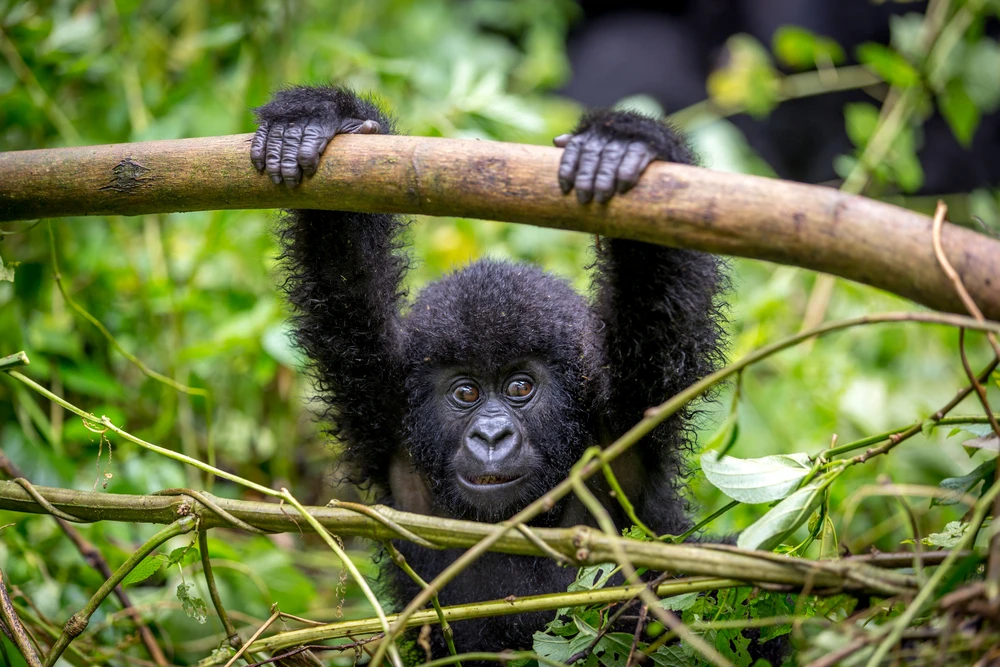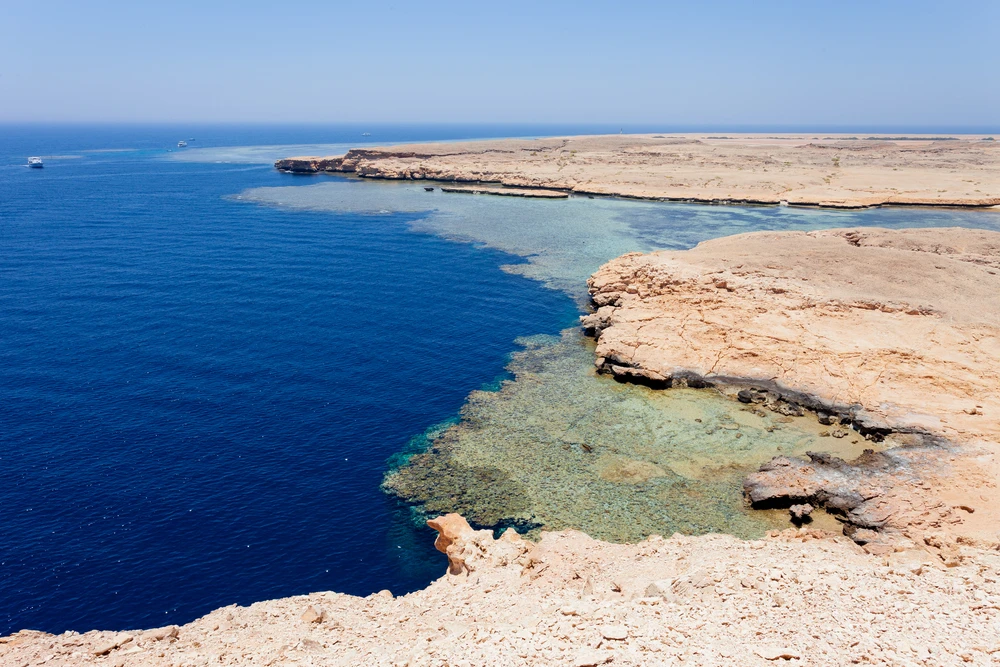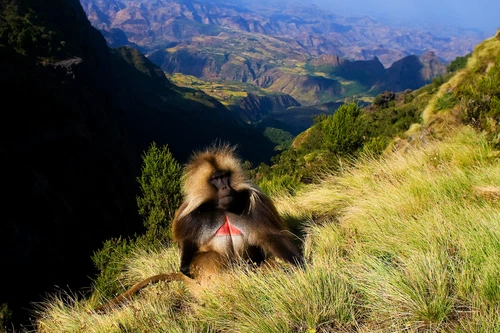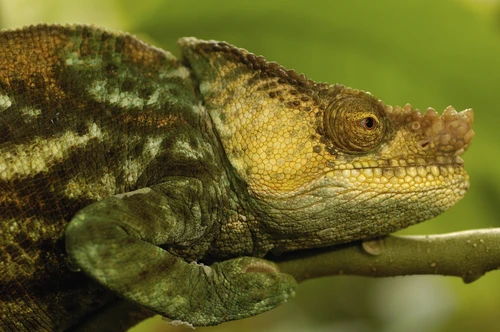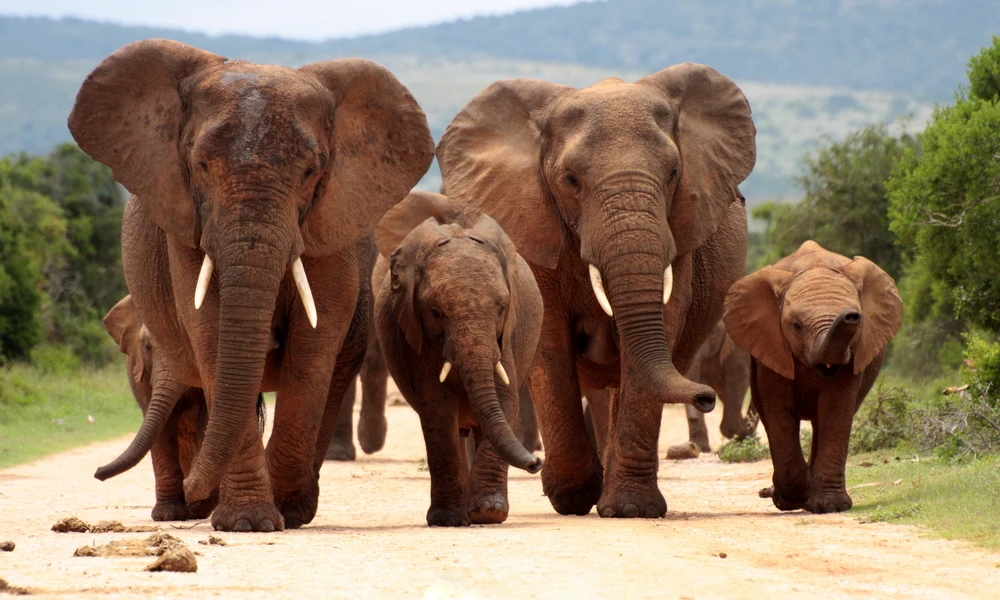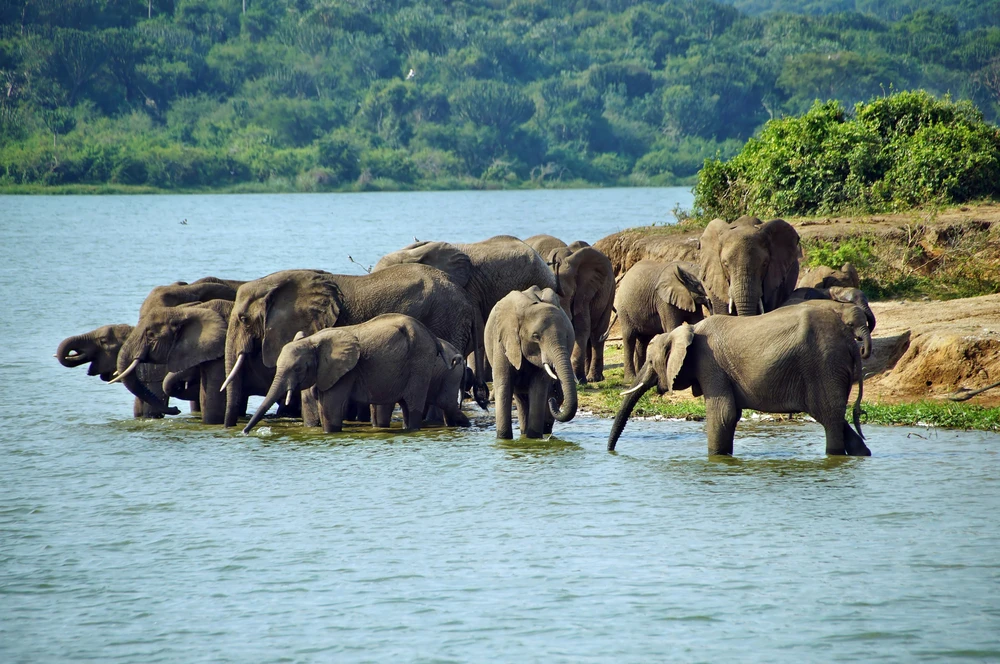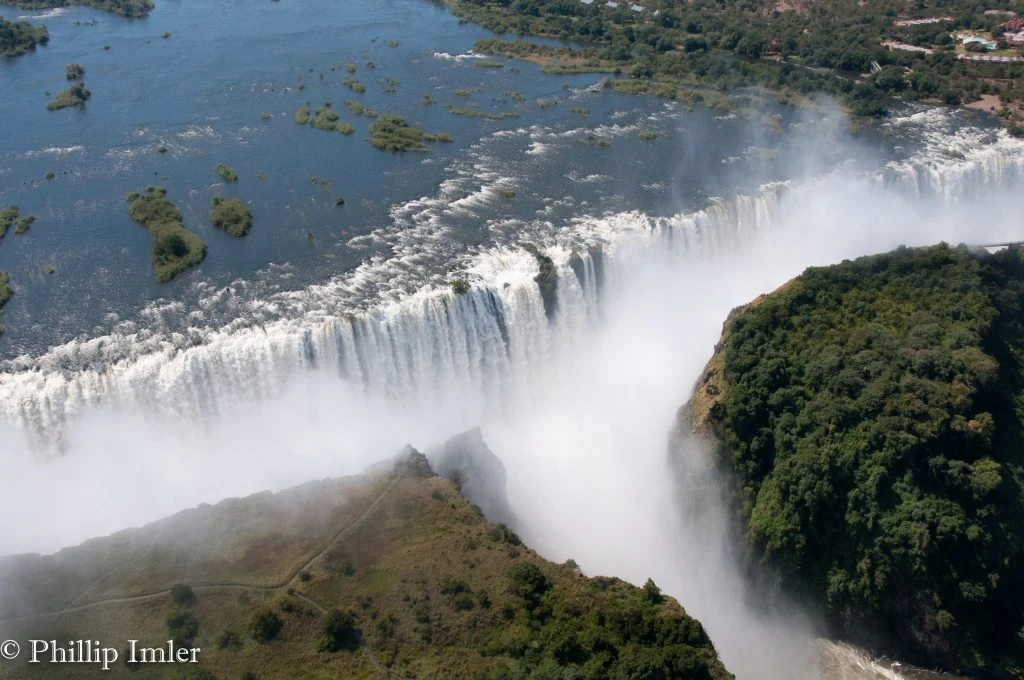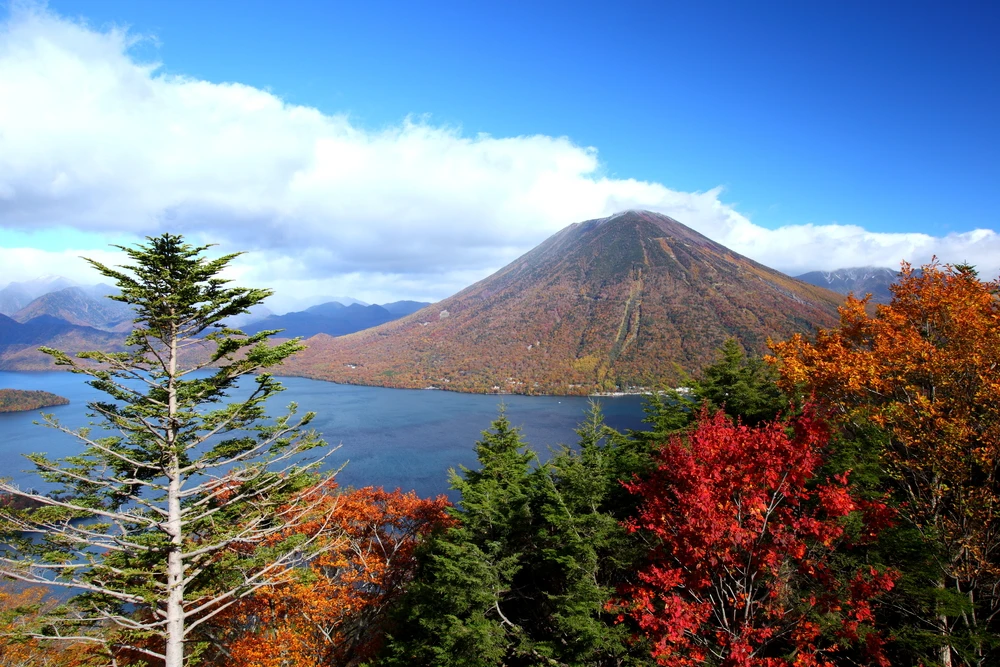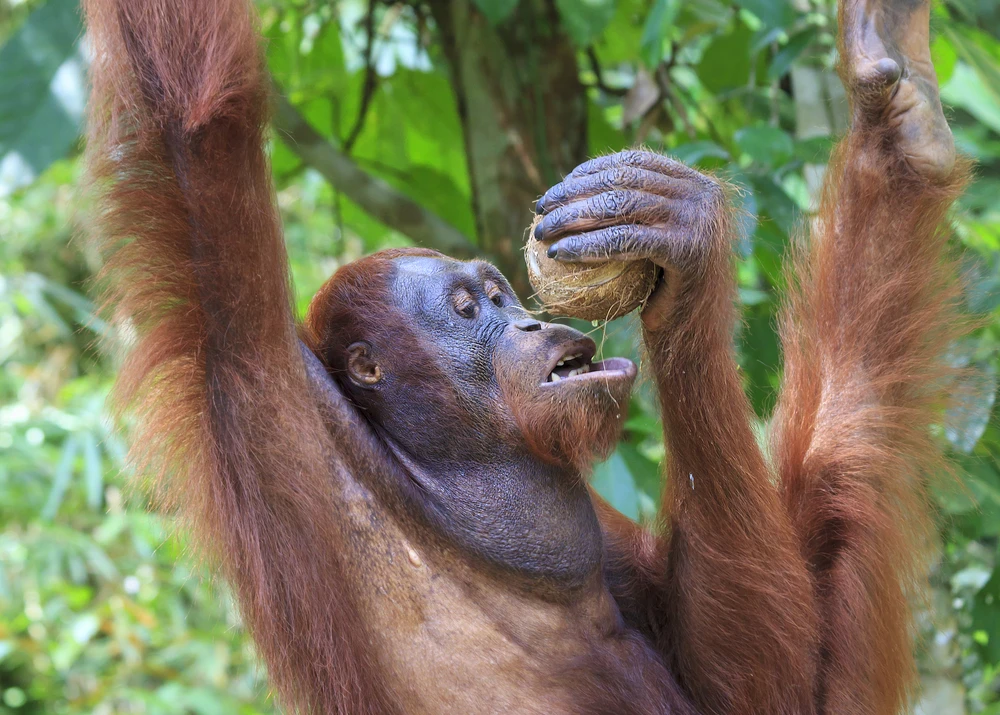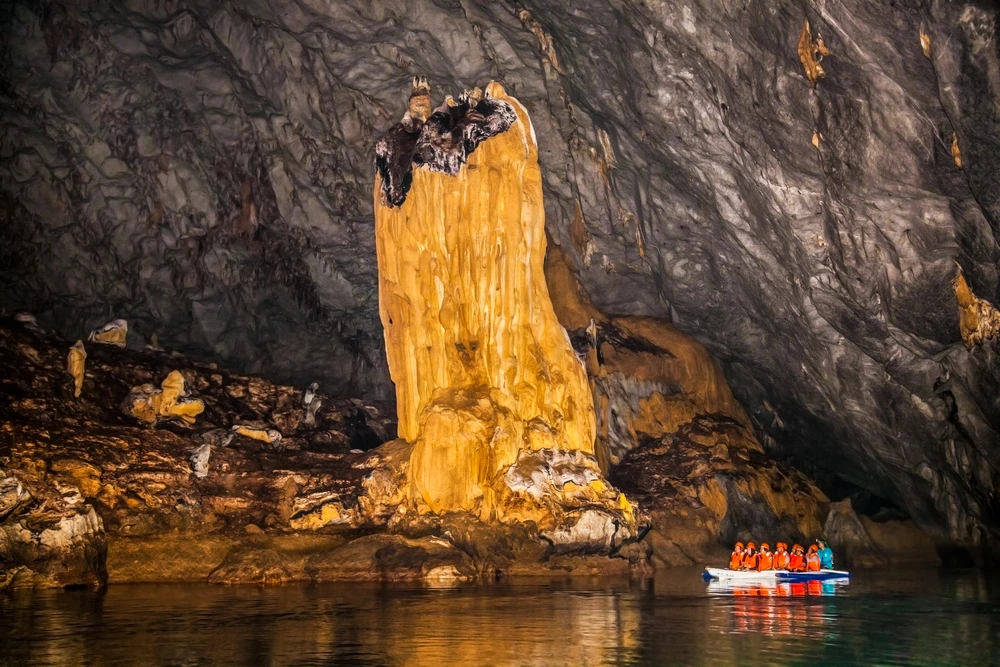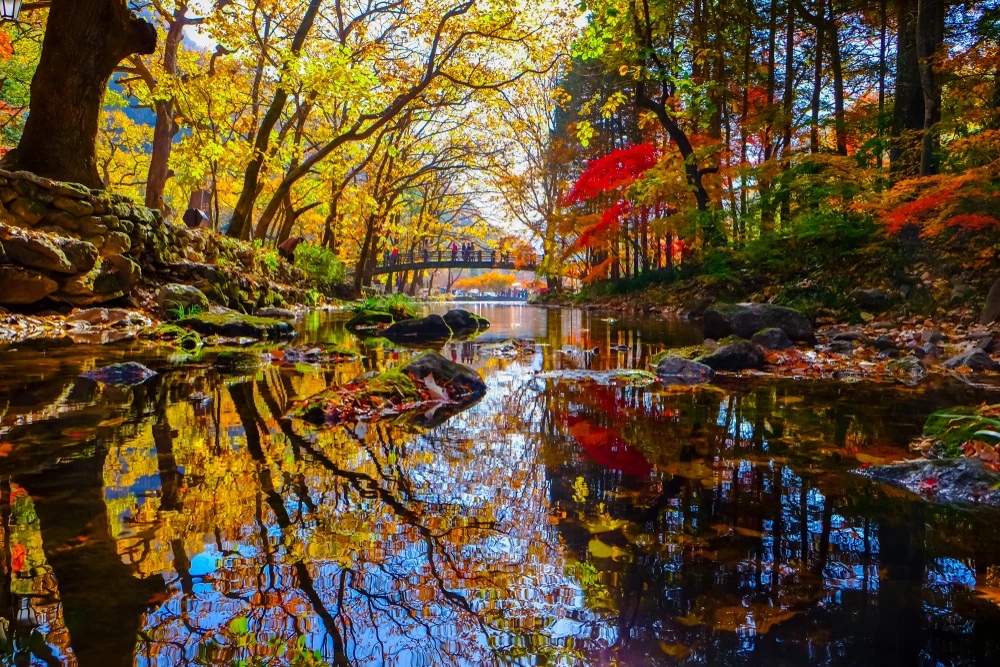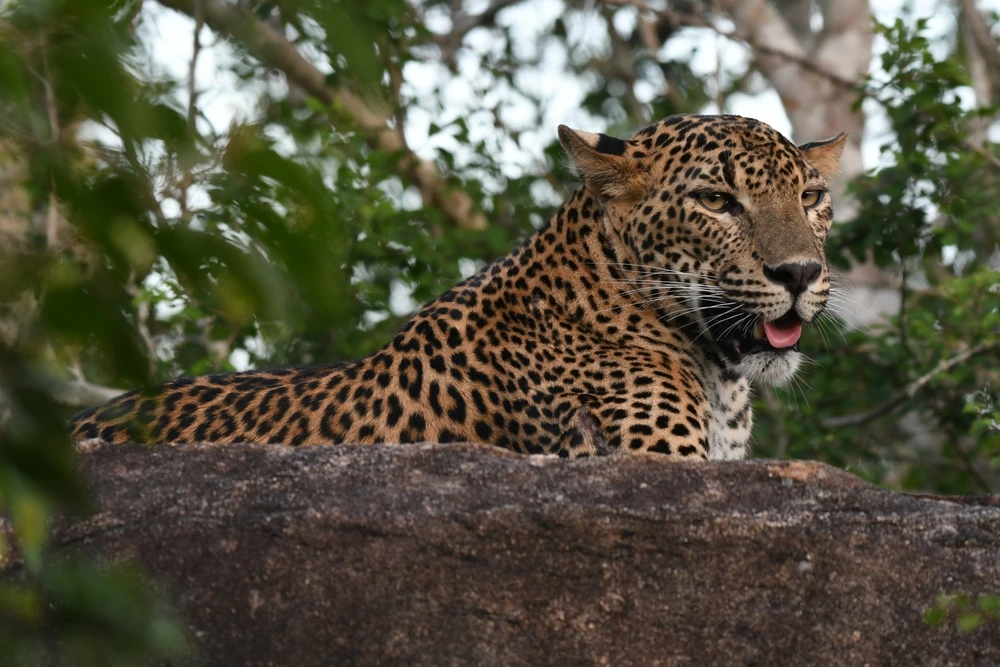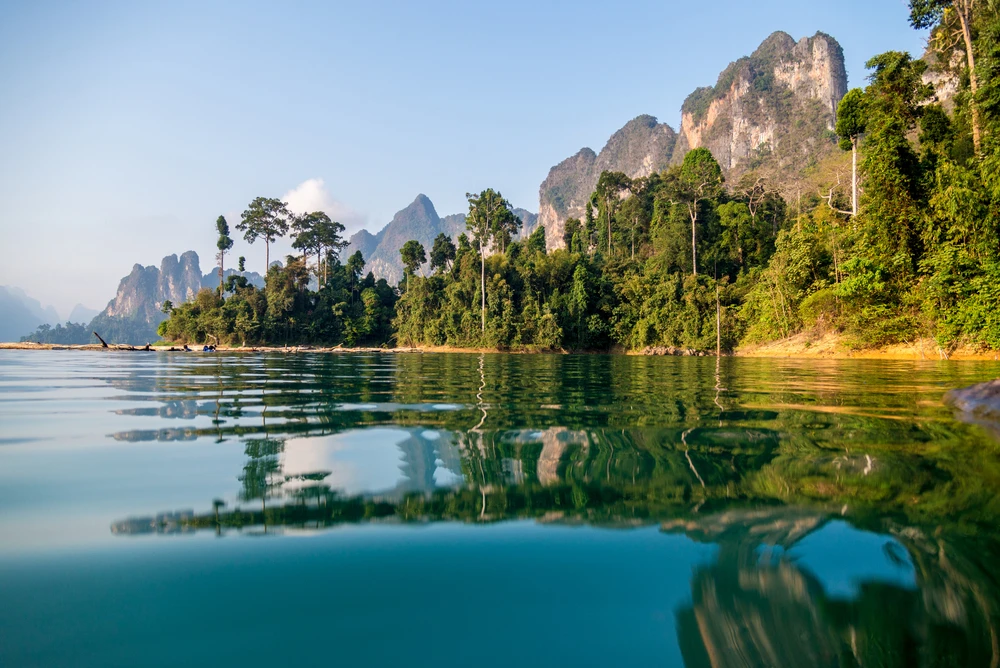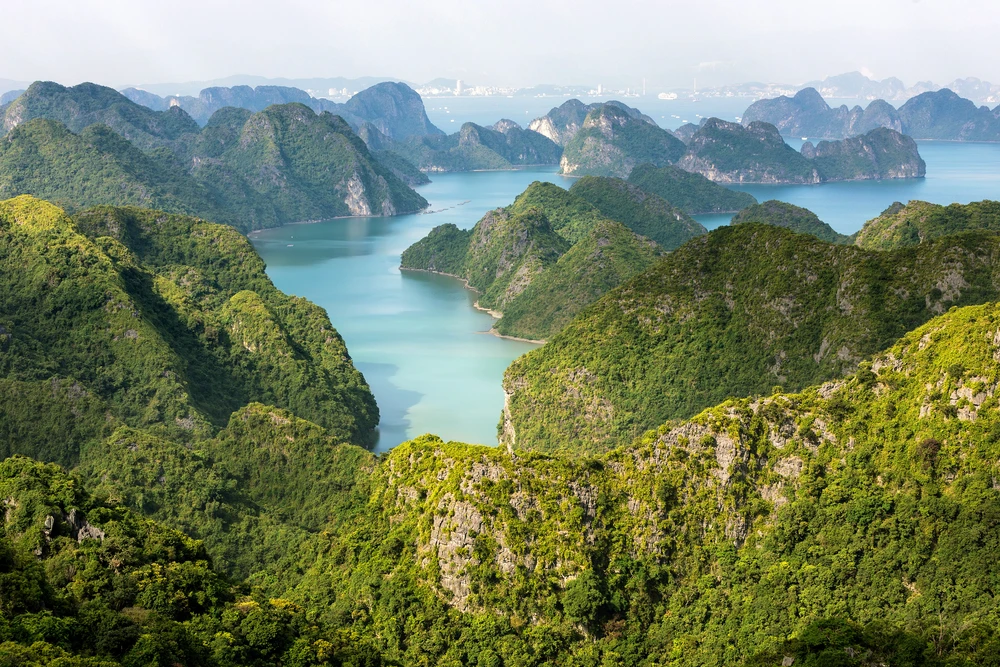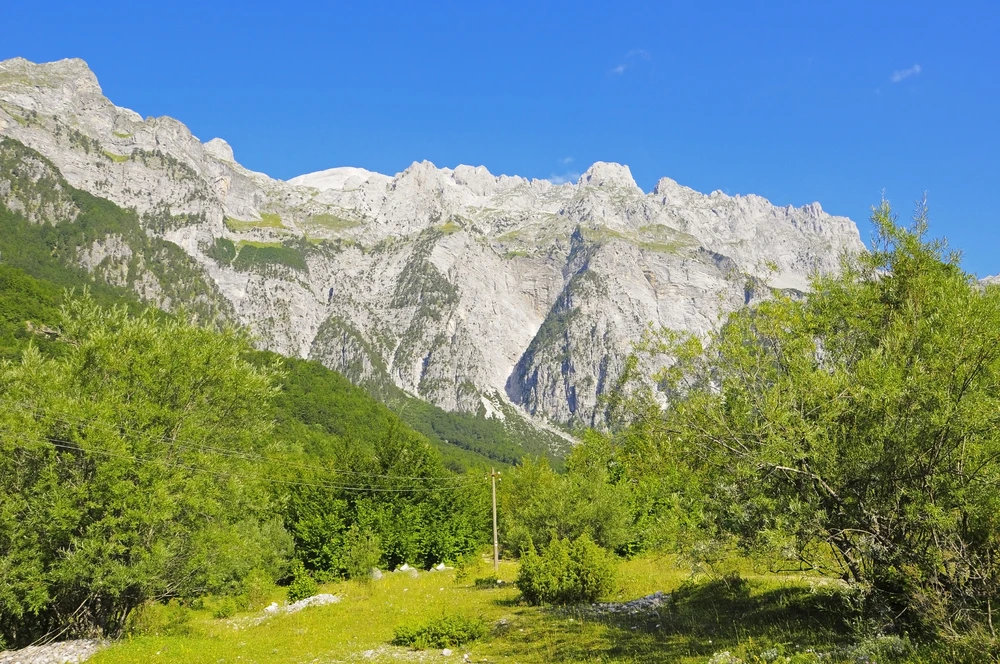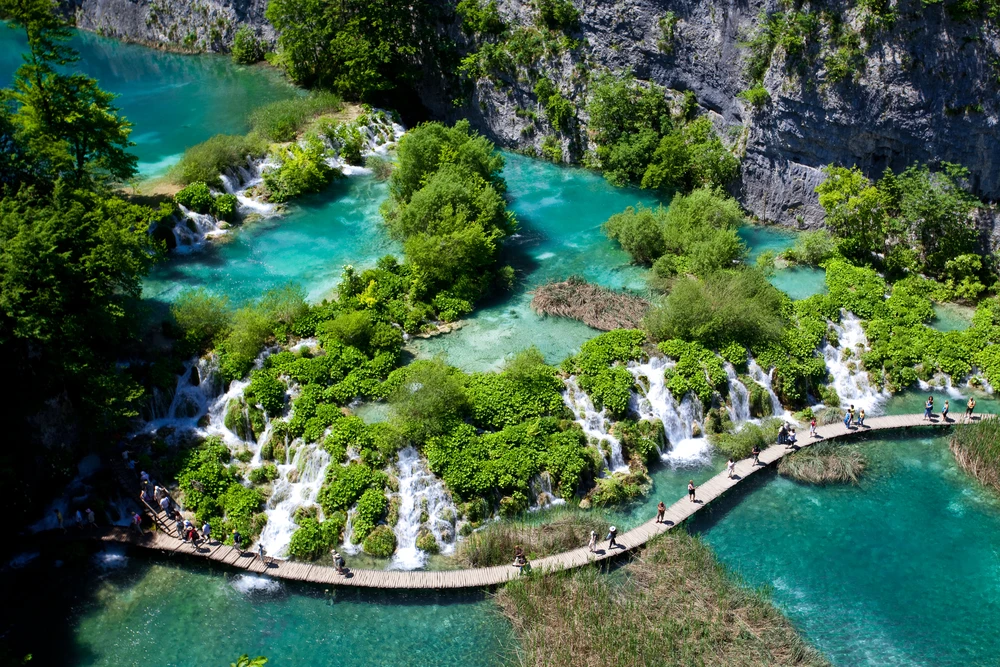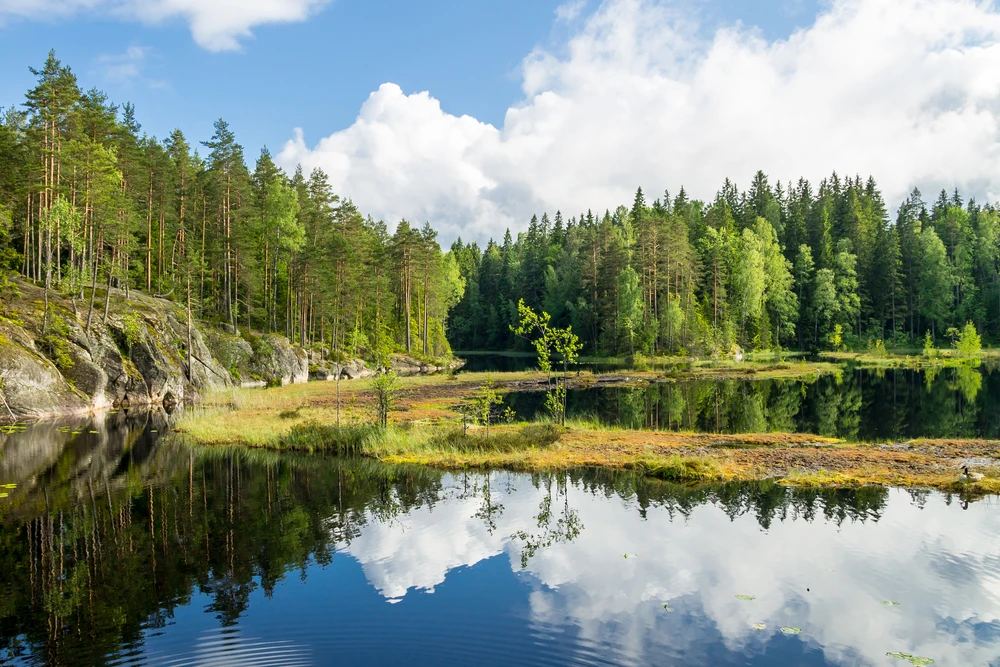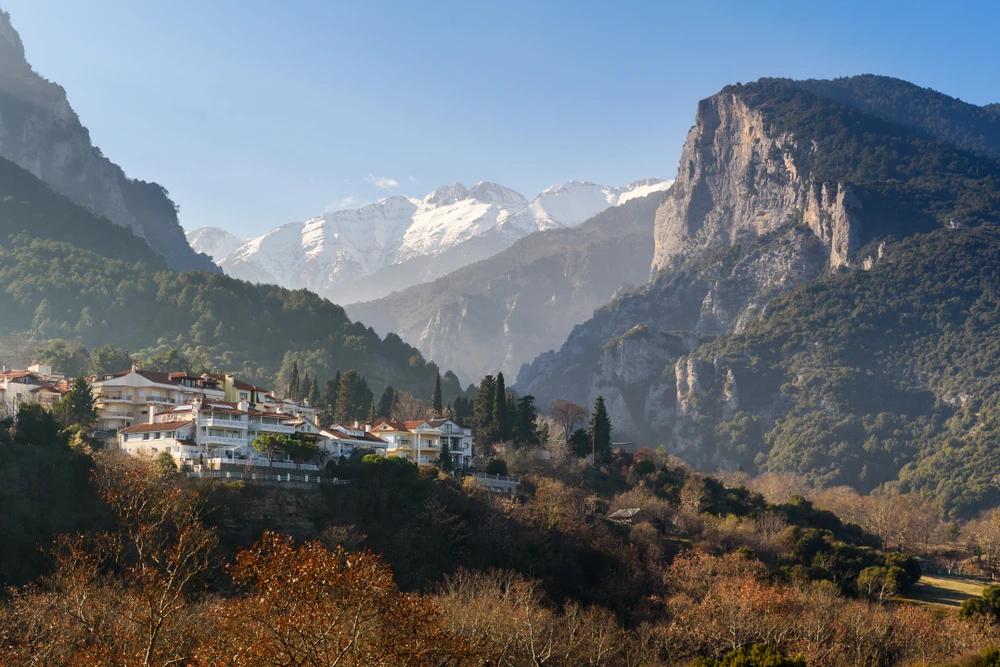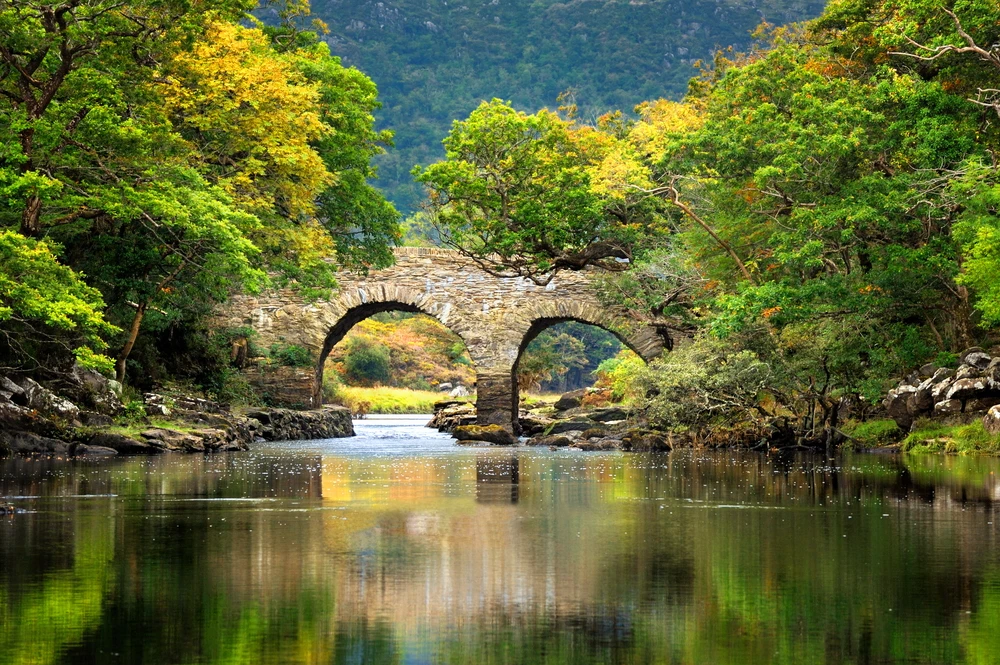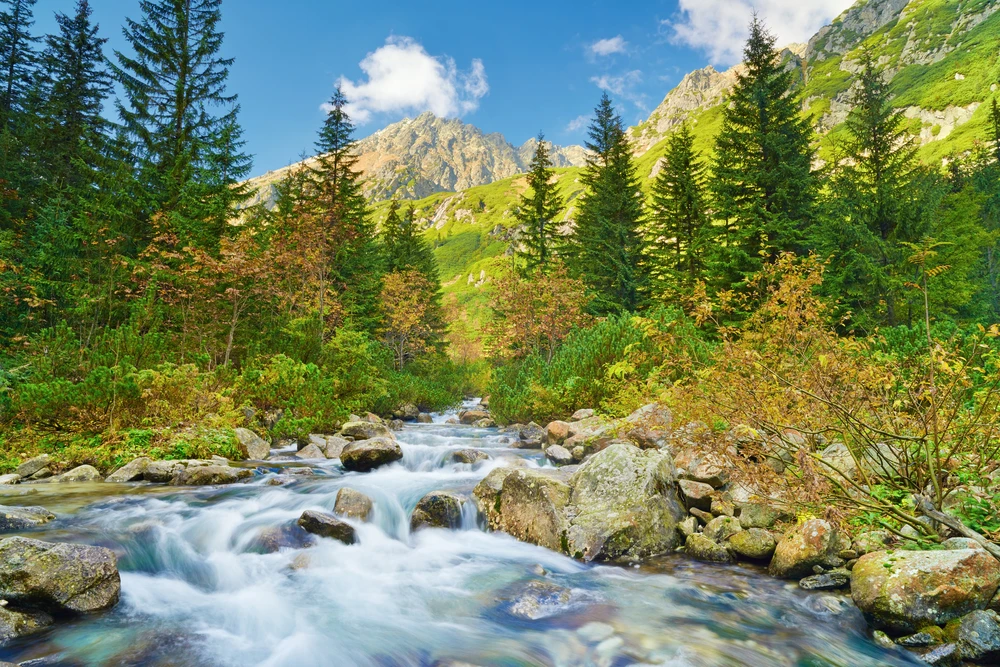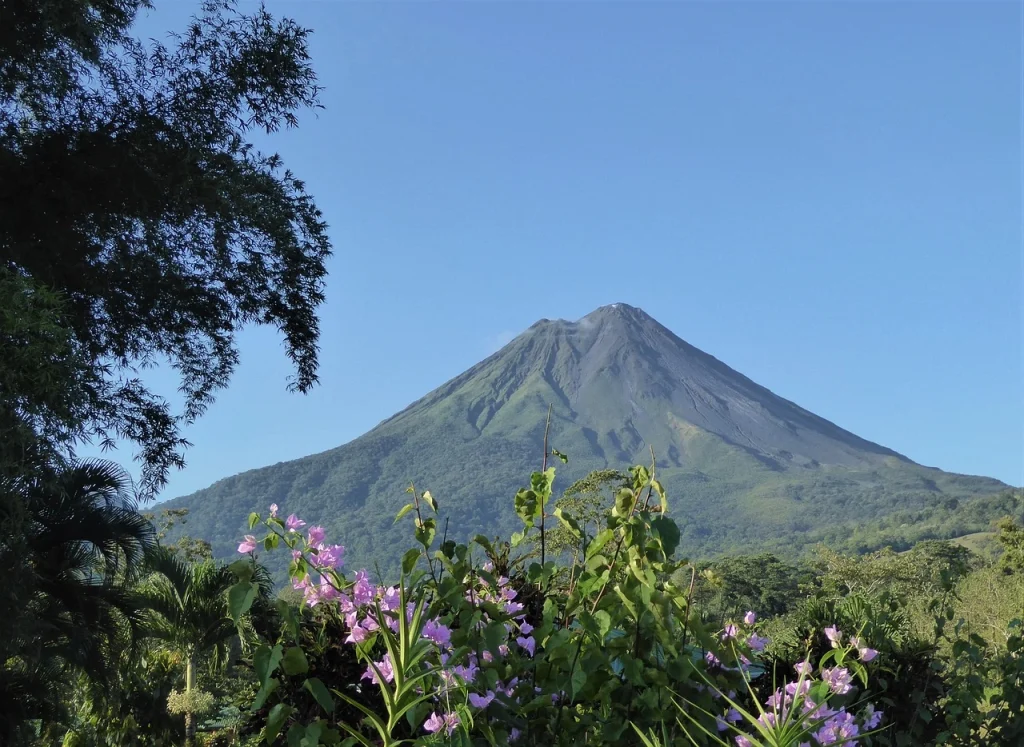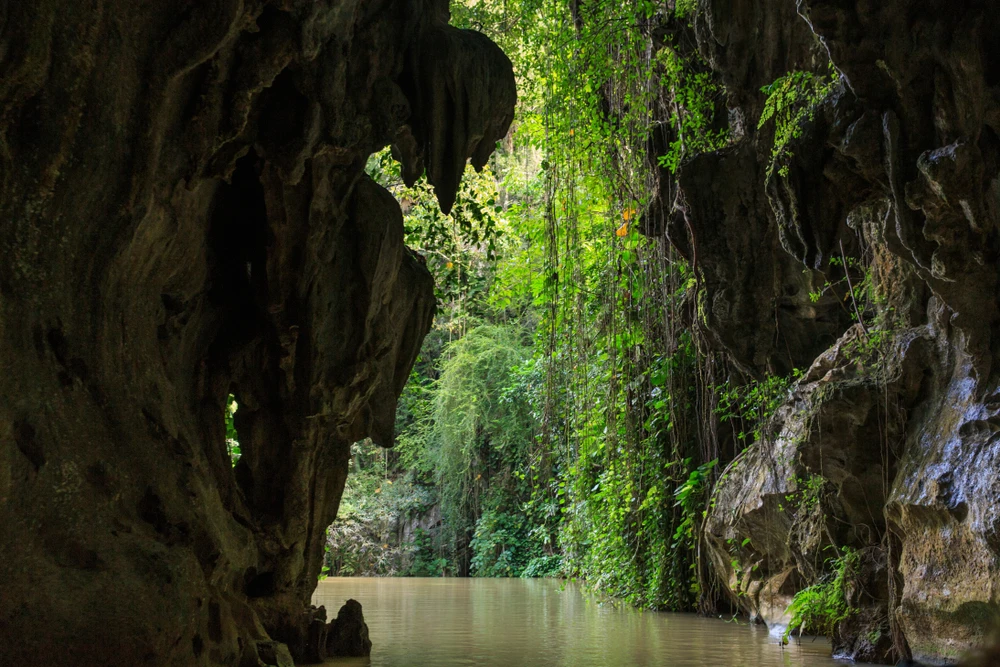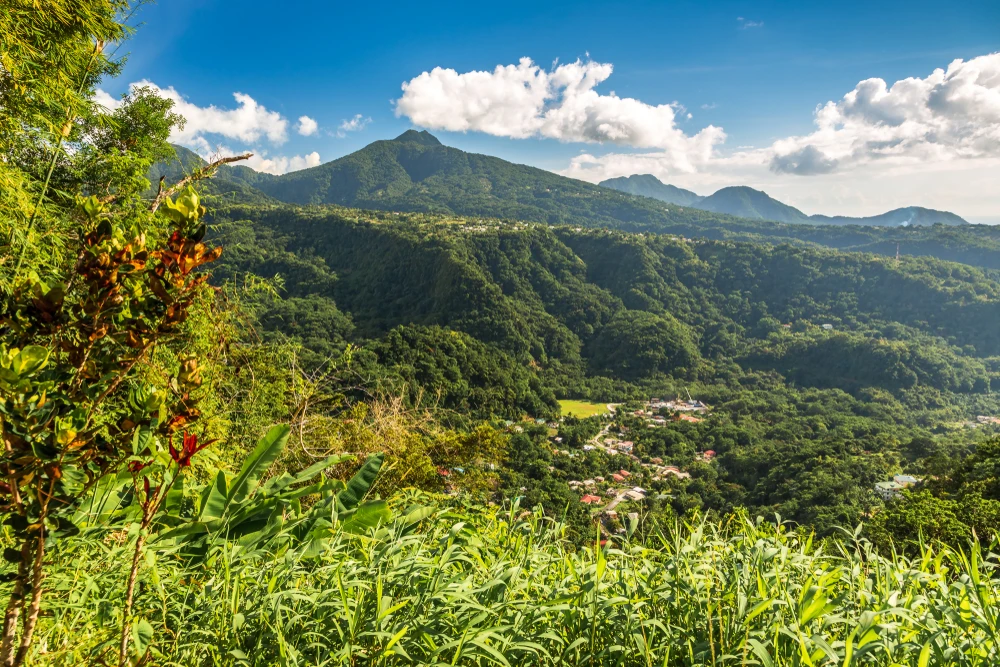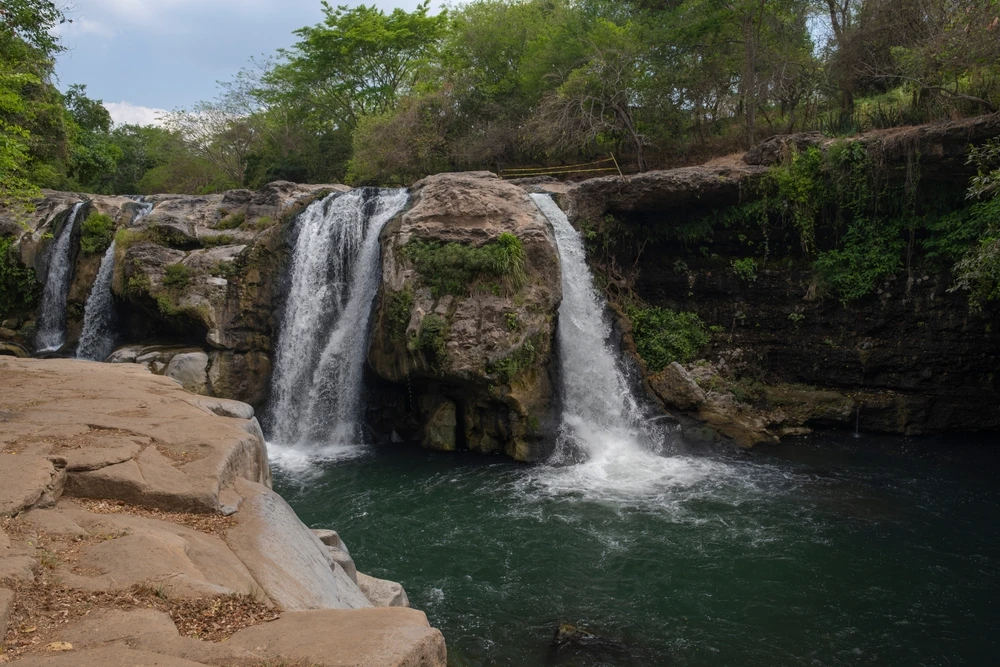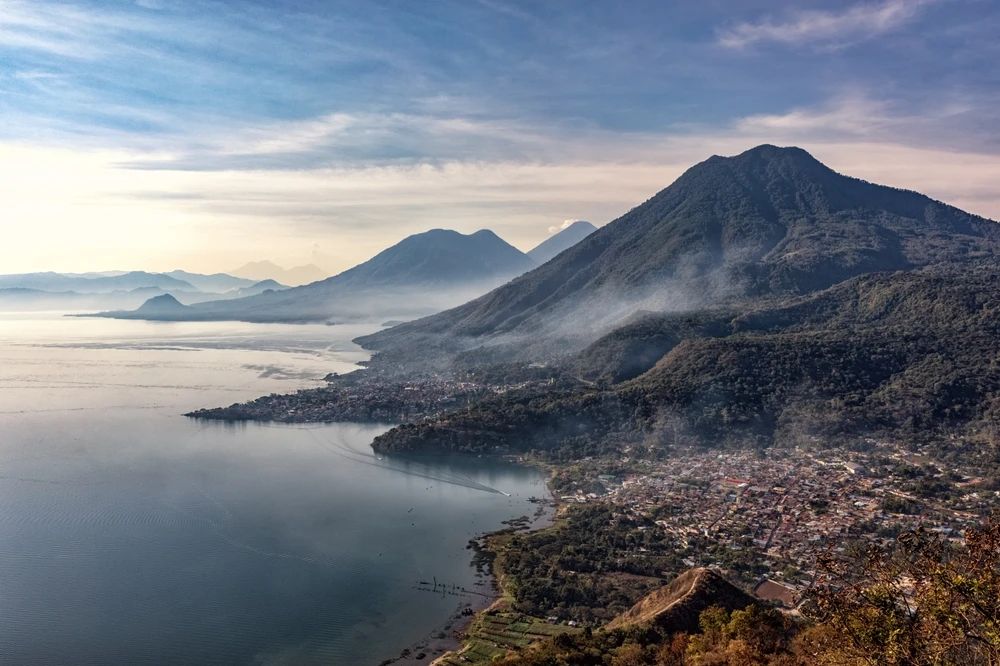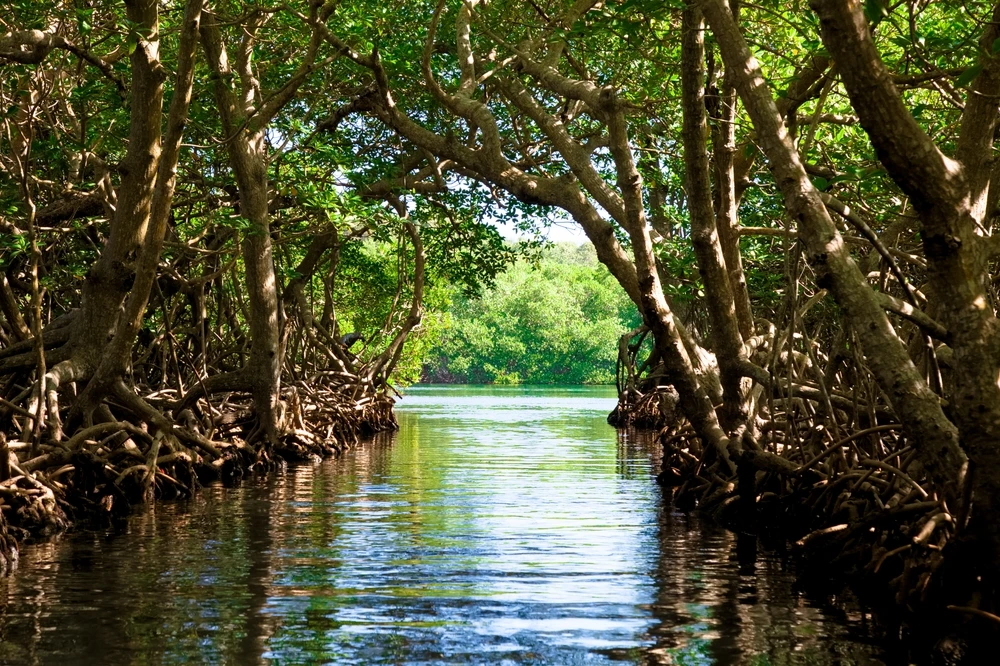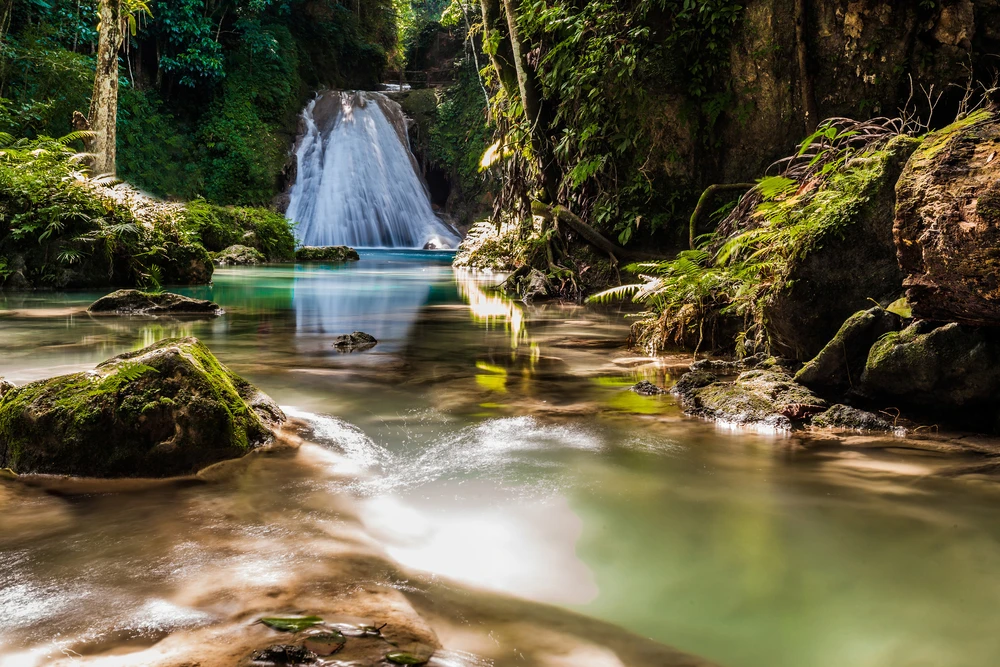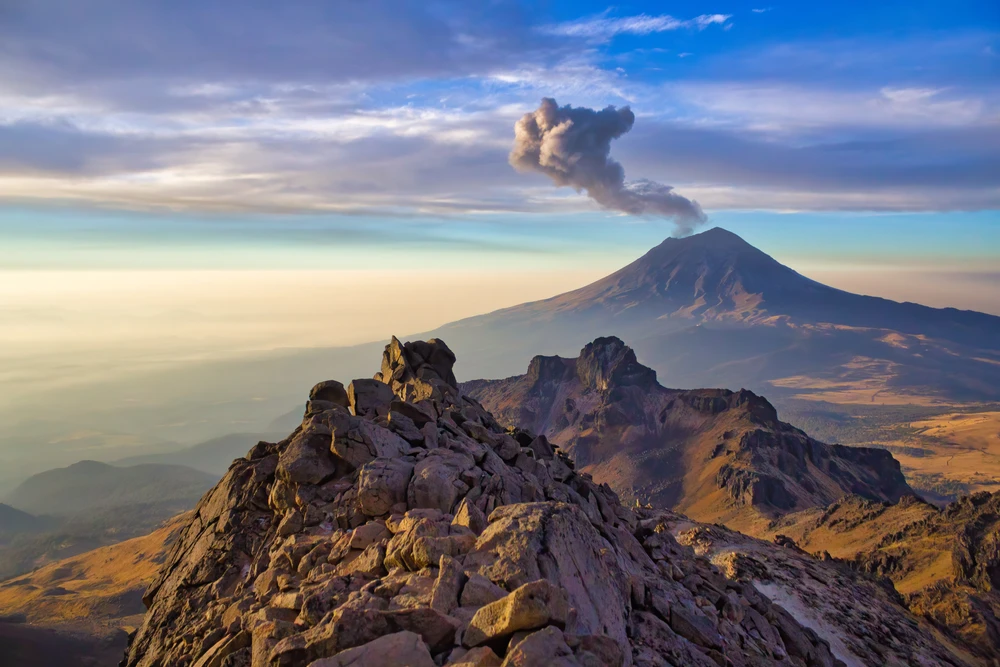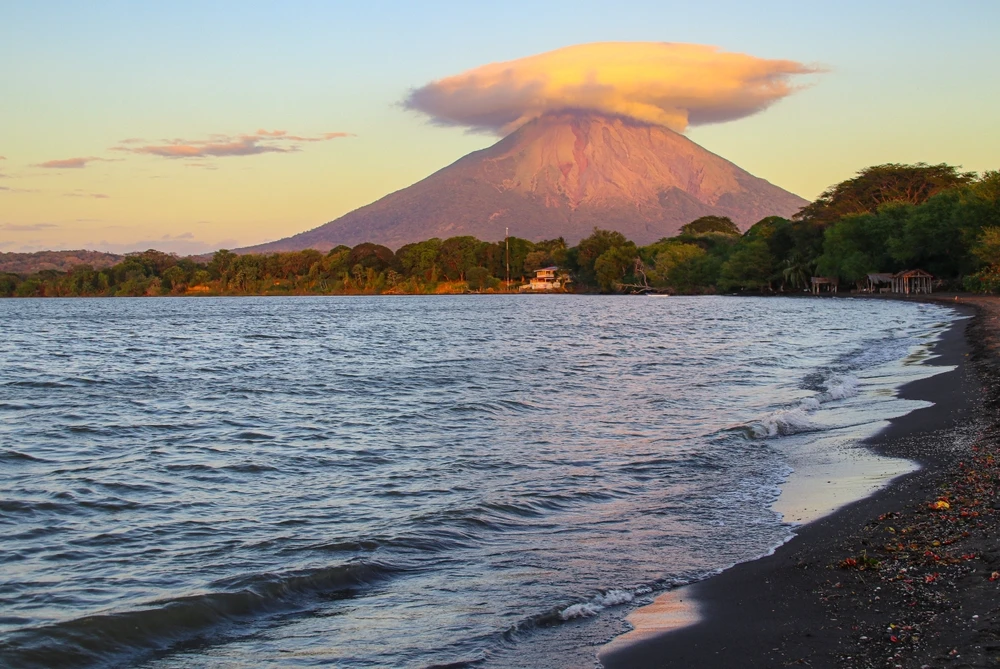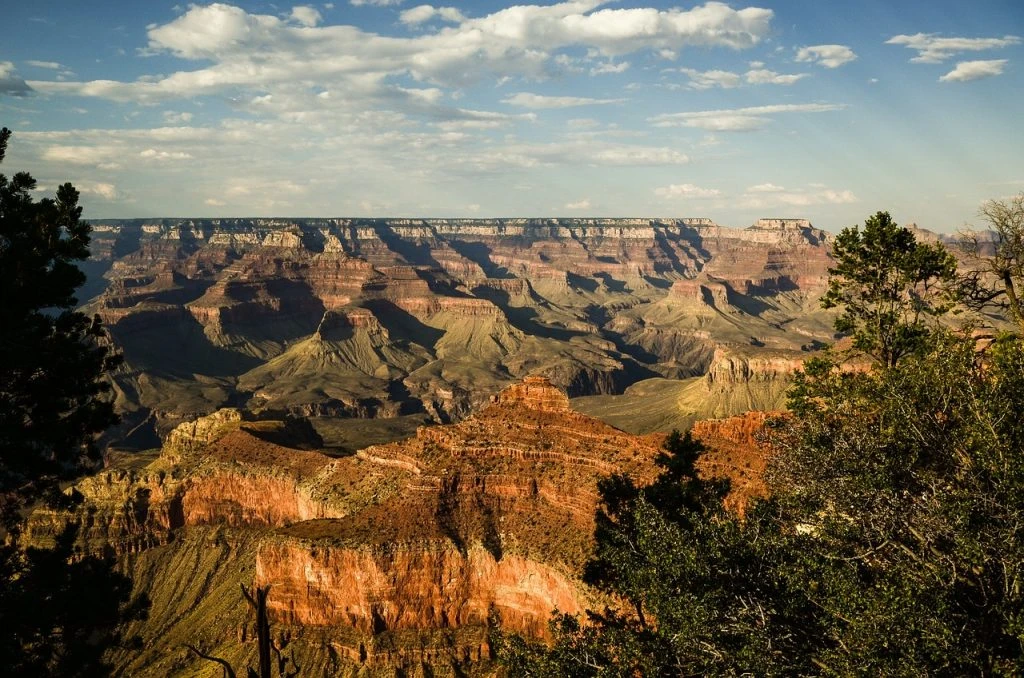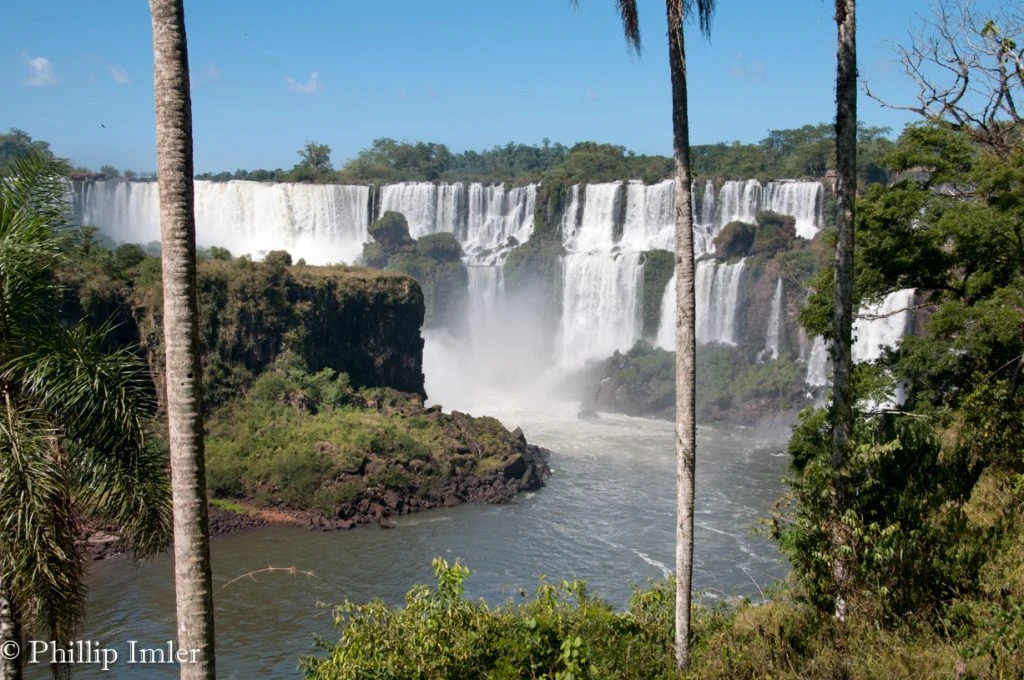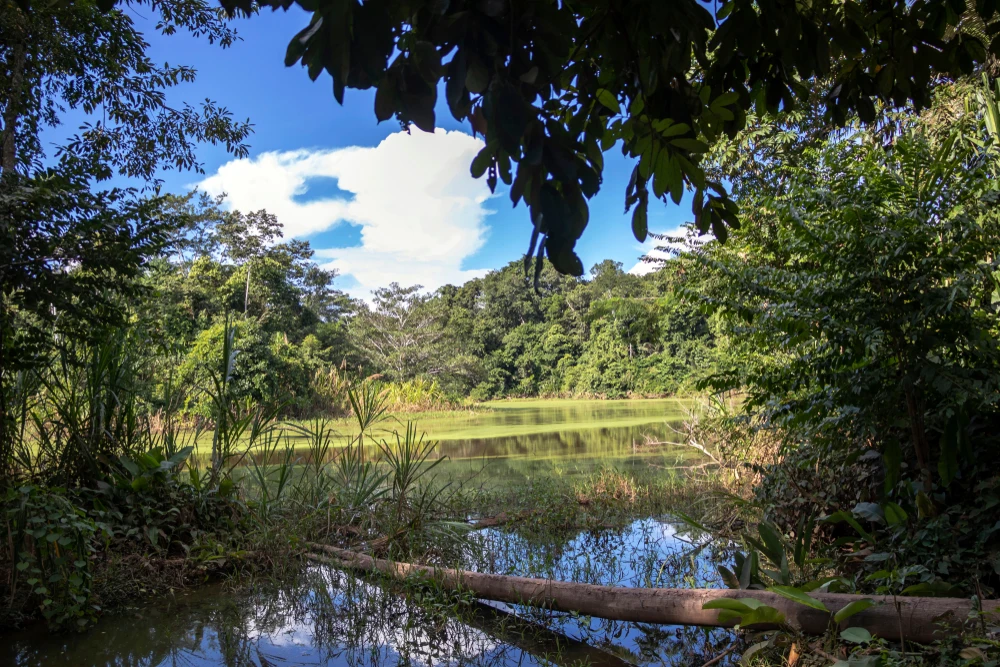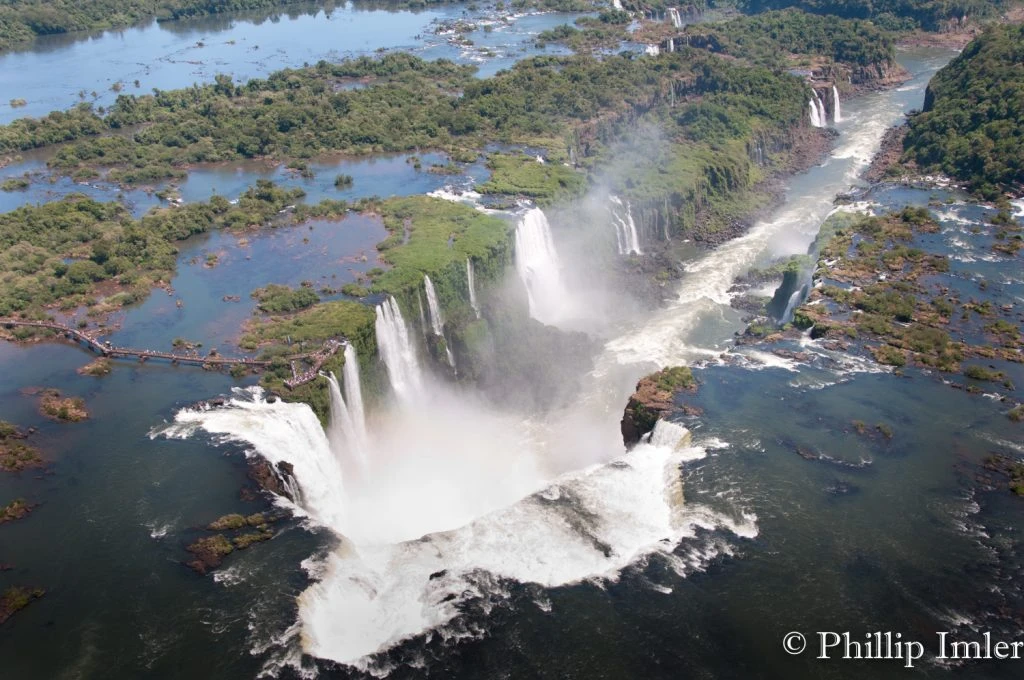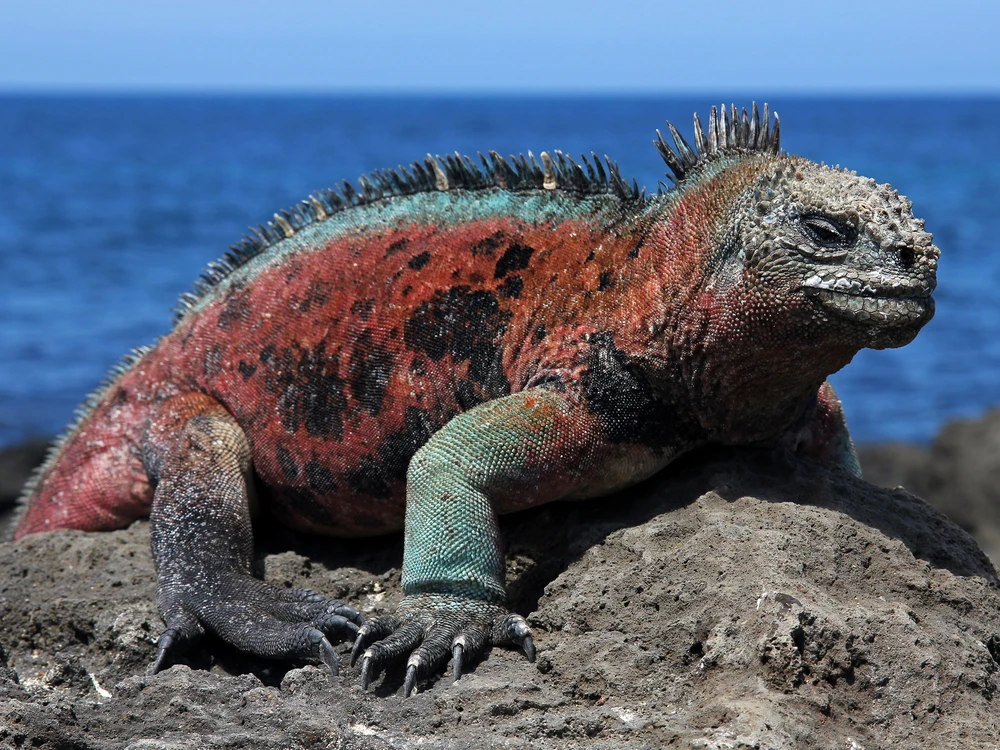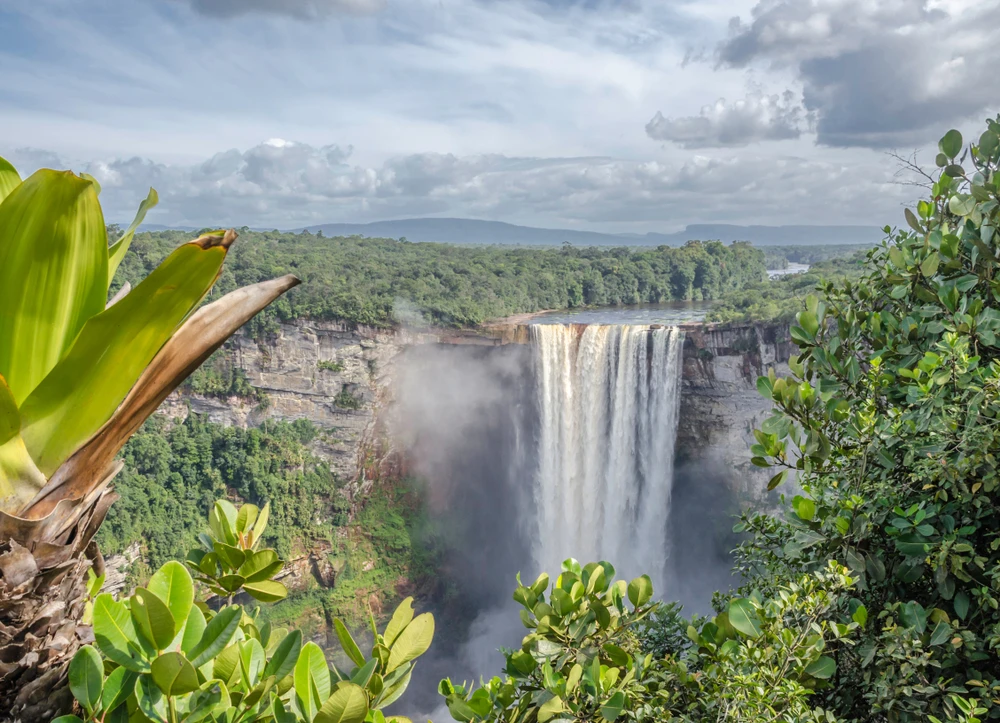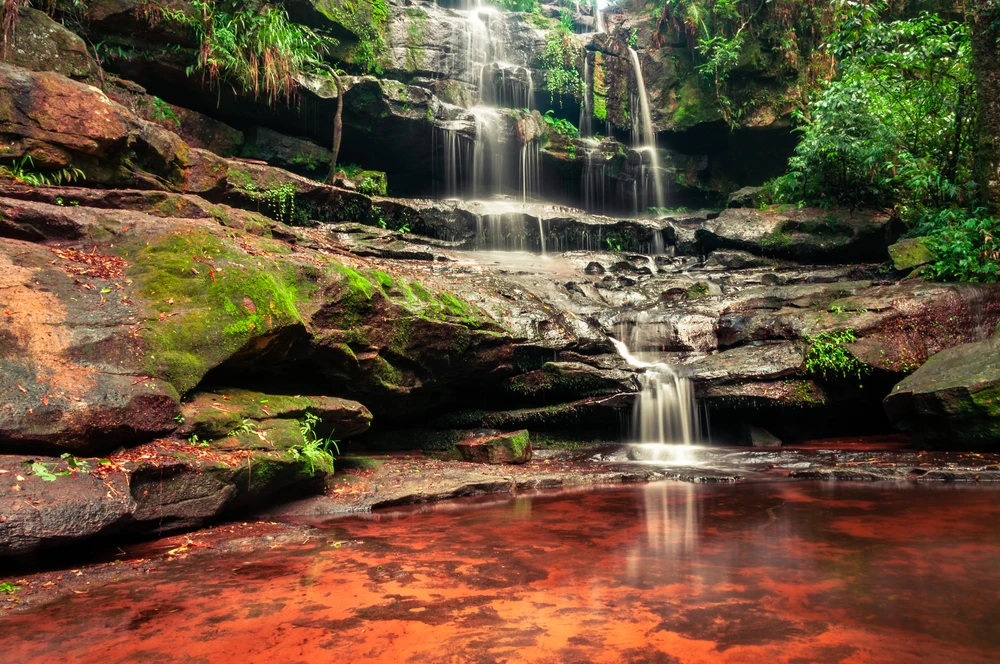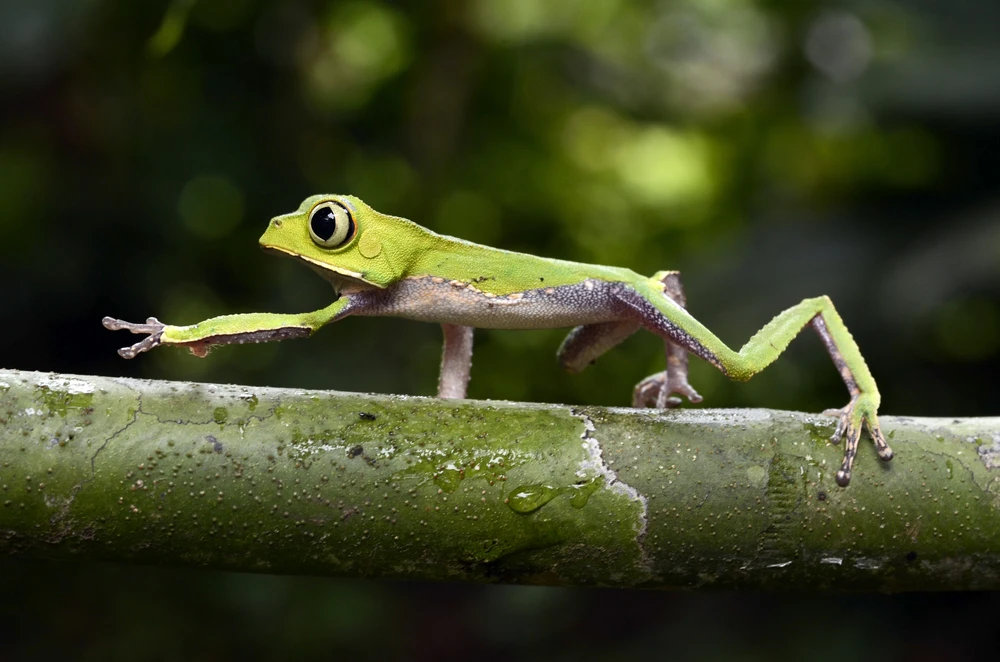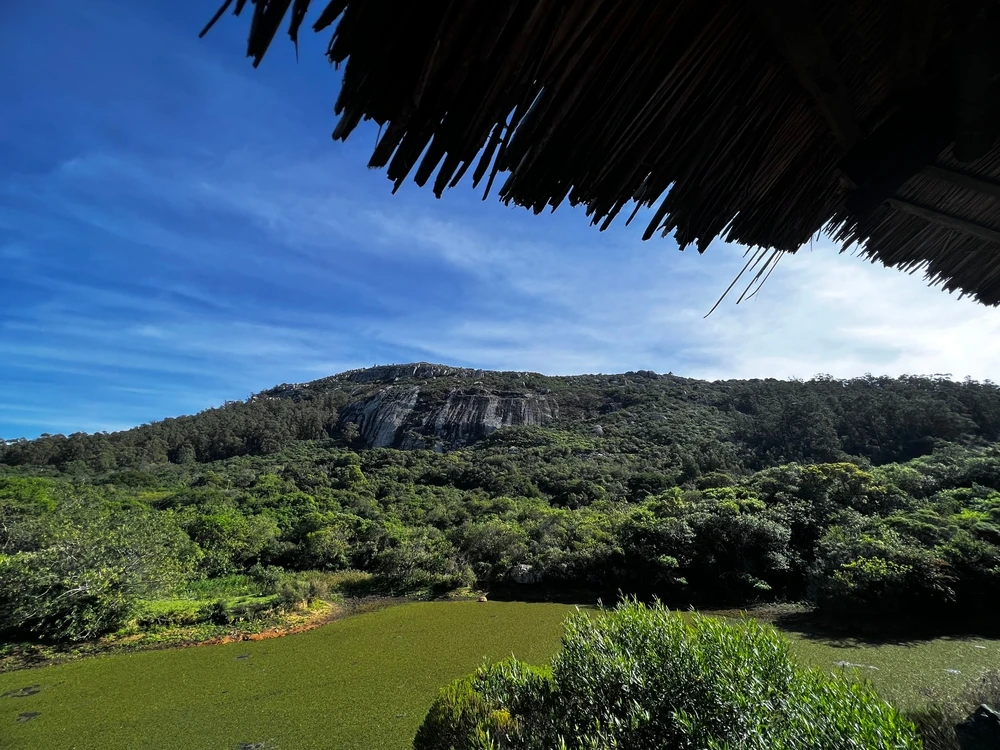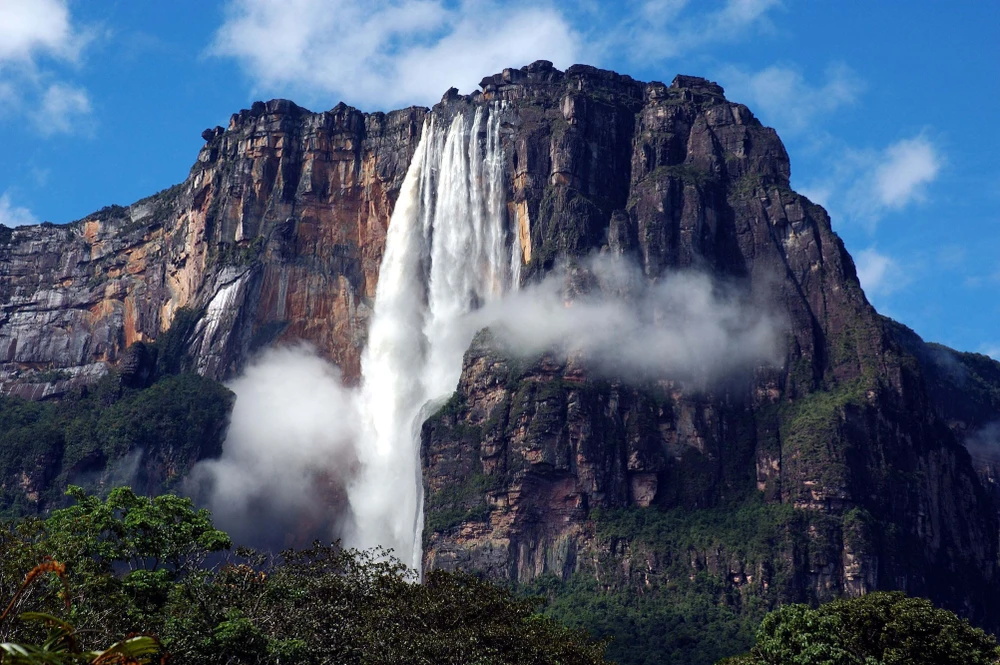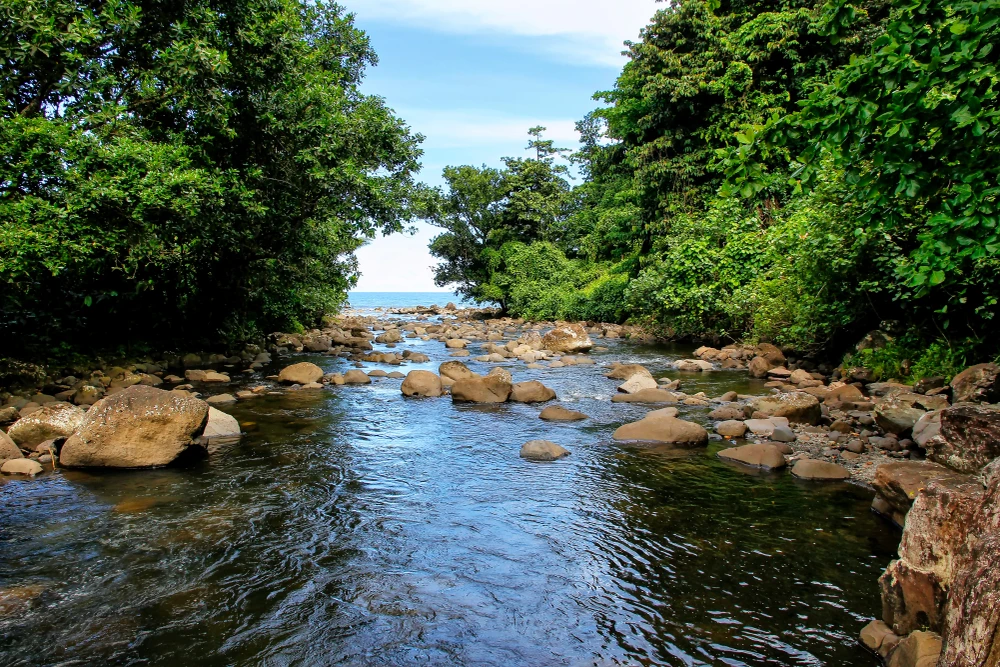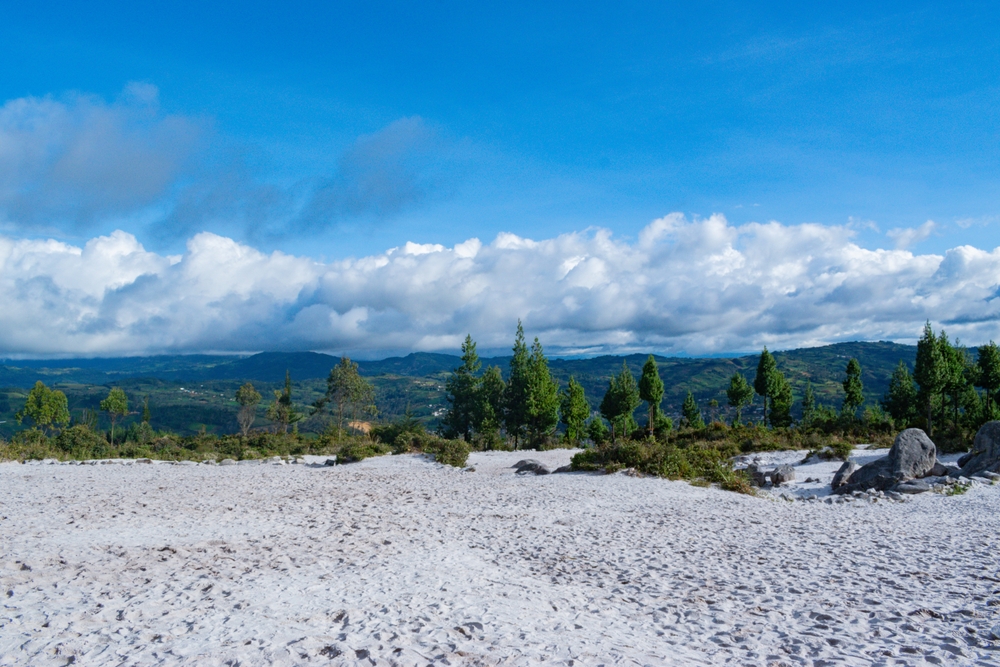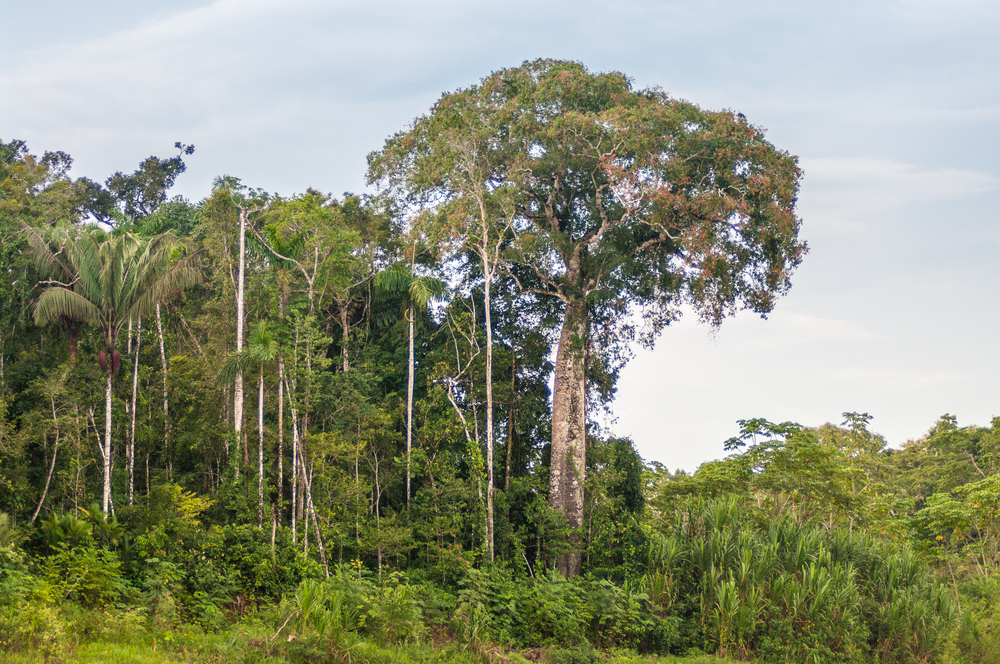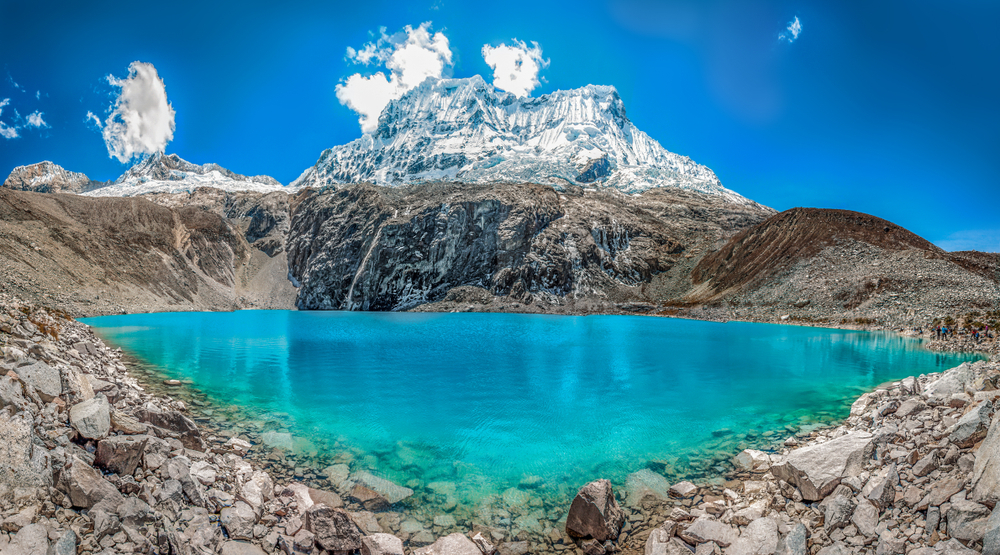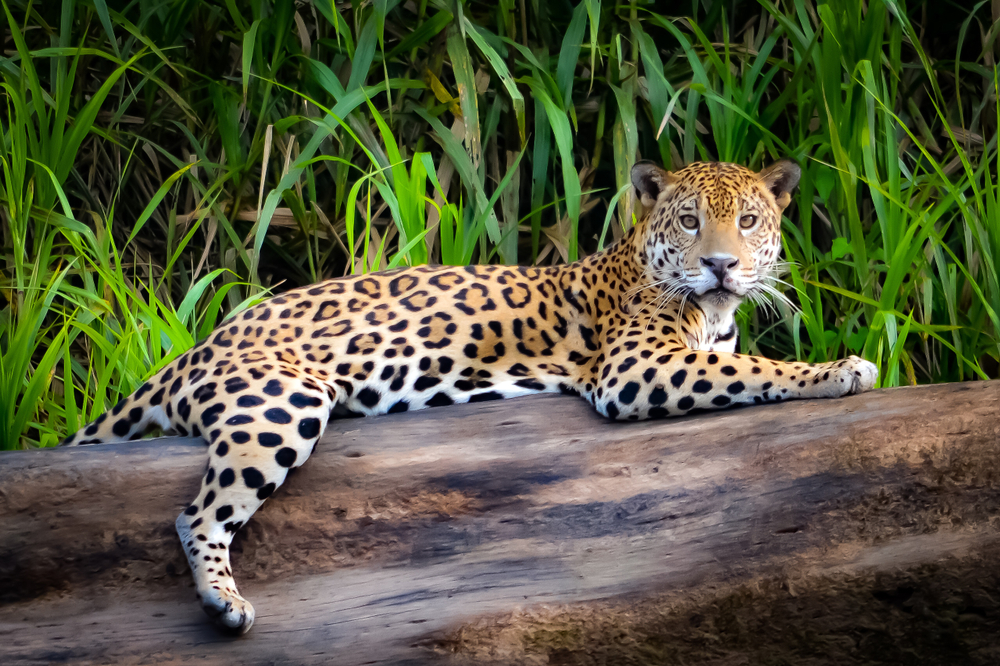Cutervo Overview
Cutervo National Park, known locally as Parque Nacional Cutervo, is located in the Cajamarca region of northern Peru. Established in 1961, it is the oldest national park in Peru and spans approximately 338 square miles (876 square kilometers).
The park is situated in the Andean cloud forests, a landscape characterized by steep mountains, deep valleys, and lush vegetation. The rugged terrain includes prominent features such as the Tunquimayo and Callayuc rivers, which contribute to the park’s diverse ecosystems.
The park is also home to the San Andrés Cave system, a network of limestone caverns that provide a unique habitat for rare species, including the endangered Andean guacharo, or oilbird.
The park’s landscape is dominated by dense cloud forests, high-altitude grasslands, and mist-shrouded ridges. Towering trees, including species of cedar and walnut, form a dense canopy that supports an abundance of epiphytes, mosses, and orchids.
The humid conditions foster incredible biodiversity, with the park acting as a crucial refuge for many species. In addition to the lush flora, the park is dotted with waterfalls and fast-flowing rivers that further enhance its dramatic scenery. The high elevation and frequent cloud cover create a mystical atmosphere, making Cutervo a visually striking destination.
Cutervo National Park is home to an array of wildlife, including several rare and endangered species. Among the most notable mammals are the Andean spectacled bear, mountain tapir, and the elusive puma. The park also shelters species such as the white-tailed deer, ocelot, and various species of monkeys, including the endemic Andean night monkey.
The avian diversity is particularly impressive, with over 200 bird species recorded within the park’s boundaries. One of the most significant bird species found here is the Andean guacharo, which inhabits the dark caves of the park and is known for its nocturnal behavior and echolocation abilities. Other notable birds include the Andean cock-of-the-rock, golden-headed quetzal, and various species of hummingbirds and toucans.
One of the park’s most famous features is the San Andrés Cave system, which is not only geologically significant but also serves as a vital breeding ground for oilbirds. These caverns, with their extensive stalactites and underground rivers, are among the most visited attractions in the park.
Additionally, the park’s vast cloud forests and river valleys provide excellent opportunities for wildlife observation, birdwatching, and photography. Visitors can also explore the diverse landscapes through a network of trails that lead to breathtaking viewpoints, waterfalls, and remote areas of pristine wilderness.
Hiking is the primary way to experience Cutervo National Park, with trails varying in difficulty and leading to some of the park’s most scenic areas. Birdwatching is a particularly popular activity, drawing enthusiasts eager to catch a glimpse of the rare oilbirds or the striking cock-of-the-rock.
The San Andrés Caves offer a unique adventure, allowing visitors to explore the subterranean world of limestone formations and underground rivers. Guided tours are available for those interested in learning about the park’s biodiversity, conservation efforts, and indigenous history.
Like many protected areas, Cutervo National Park faces conservation challenges, including illegal logging, poaching, and agricultural encroachment. However, conservation efforts led by the Peruvian government and local organizations have made significant progress in protecting the park’s ecosystems.
Habitat restoration initiatives and stricter enforcement of environmental laws have helped curb deforestation and preserve wildlife habitats. Community engagement and ecotourism programs have also played a vital role in promoting sustainable development while ensuring the park’s long-term protection.


